The praying mantis, also known as the "knife mantis", is a type of insect under the order Mantodea in the insect kingdom. There are currently more than 2,400 known species of praying mantises, distributed in about 430 genera and 15 families, of which the most numerous family is the Mantis family. The praying mantis is a carnivorous insect and one of the most popular pet insects. The iconic feature of the praying mantis is its two "big knives", or forelimbs, with a row of hard serrations on them, giving people a powerful impression. So, which are the most powerful praying mantises in the world? The editor has listed for you the 10 most ferocious species of mantises in the world, such as the rhombus mantis, the Megara mantis, the large broad-fronted mantis, the Papua ax mantis, the Chiangmai ax mantis, the Thai shield mantis, and the Australian shield mantis. Ax mantis etc. Let’s find out together.
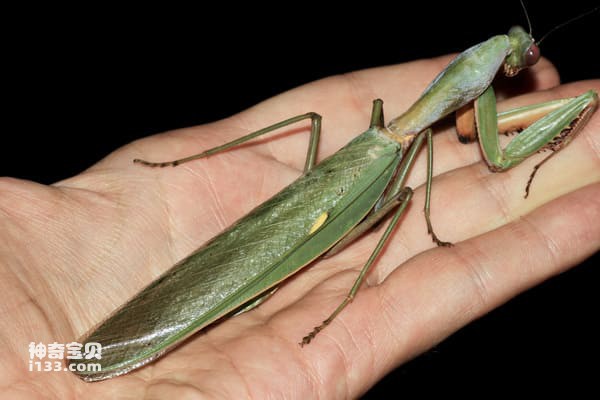
1. Seize the direct descendant of the mantis (number one in physical statistics)
Rhombodera fratricida (scientific name: Rhombodera fratricida), also known as Rhombodera fratricida or Taizong Rhomboides mantis, is often referred to as Rf shield mantis. It is mainly found in parts of Southeast Asia at higher altitudes. It is widely considered to be the number one species of praying mantis in the world. With its absolute size advantage and ideal proportions, the rhombus-backed mantis can be called the king of mantises. Adult females can reach more than 12 centimeters in body length, more than 1.4 centimeters in head width, and more than 3.5 centimeters in forearm length. The wings of this species are also very large. Individuals captured in the wild have wings of more than 12.5 centimeters in length, and it is expected that the largest individual may have a side length of 13 centimeters. For lovers of large mantises, the rhombus mantis is like a legendary existence. It is one of the coveted objects of all "big green players" who pursue large species. It is also one of the most ferocious mantises.
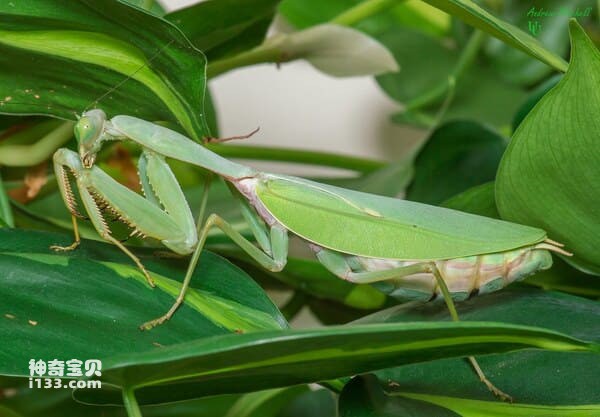
2. Megara mantis (cruel character, excellent predatory ability)
Rhombodera megaera (scientific name: Rhombodera megaera) is one of the most powerful mantises and belongs to the large rhombodera Back mantises are mainly found in the rainforest areas of Thailand and Malaysia. Abbreviated as Rm shield mantis, it is often called "broad-backed axe" in business. Its maximum size can reach 13 centimeters, with an average size of about 10-11 centimeters. This size lays the foundation for its king status among large mantises. The Megara mantis has a huge head and powerful arms, allowing it to kill and devour its prey in a short time. Due to the extremely fast eating speed, most of many prey are often eaten before being killed. Its broad back looks like a shield in the hands of an ancient Roman fighter, giving it a majestic feel. Due to its large size and aggressive nature, the Megara mantis even counts birds and small mammals among its prey.
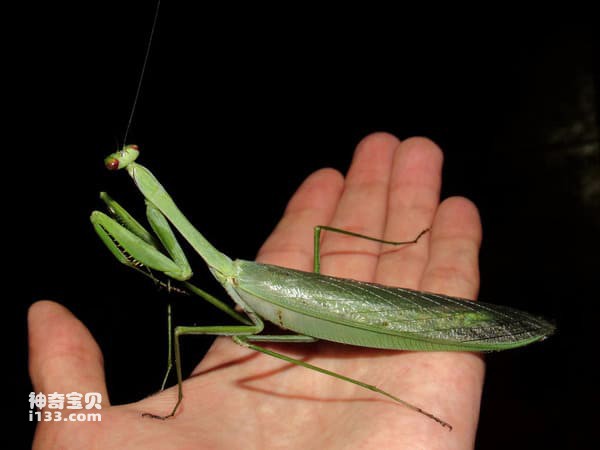
3. Translucent-winged mantis (large size, powerful predatory ability)
Macromantis hyalina (scientific name: Macromantis hyalina) is a mantis native to the rich tropical rain forests of South America. It is also known as the South American giant mantis, the Amazon giant mantis, or the giant giant mantis. Only the word "huge" can best describe its first impression. This mantis originates from the Amazon River basin in South America. The distinguishing features of the large broad-fronted mantis are its huge catching legs and extremely long back plate. Although the width of its head is not small compared to other mantises of its class, the mouthparts are relatively small. The back of the head of a female individual can reach more than 4.5 cm, the head width is about 1.3 cm, the arm length exceeds 3.5 cm, and the body length exceeds 12 cm when lying flat. Its stinging claws are incredibly long and provide great control. In line with its huge size, the large-winged mantis has strong predatory capabilities and can even prey on some tree frogs and small lizards in its native area.
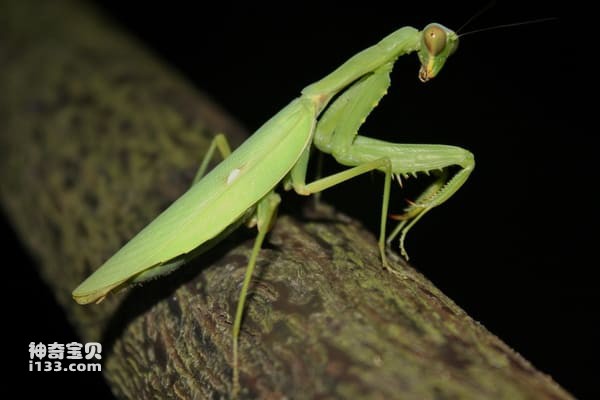
4. Papua Ax Mantis (sturdy proportions, strong overall combat effectiveness)
The Papua ax mantis (scientific name: Hierodula papua) is a rare species that is included in the inventory of the strongest mantis species. It is distributed in southern Papua New Guinea and northern Queensland rainforest. It is a large ax mantis. Its appearance is very similar to that of the Australian ax mantis (Hierodula majuscula), which belongs to the same species, so it is called "false Australian mantis". The Papua ax mantis has a very large body shape. It is very common for individuals to exceed 9 centimeters in length, and its body proportions are stout. The overall combat effectiveness is strong. Compared with species such as Taiwan Ax and Yin Yong, the Papua Ax Mantis is stronger in body length and weight. It can compete with the likes of the Indian field beetle, the Bush's giant mole-carab, the yellow-tailed scorpion, and the female tarantula in external combat.
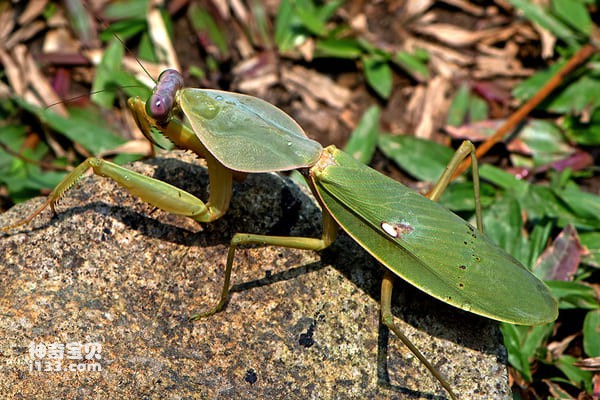
5. Chiang Mai Mantis (large size)
Chiang Mai ax mantis (scientific name: Hierodula sp. Thailand) is also one of the strongest mantis species. This kind of mantis has long wings and an enhanced version of the pestle chest, but its catching legs are short, making it less suitable for dealing with flying war bugs like the golden-ringed queen bee. In external combat, it can compete with the Indian field beetle, the Bush's giant molecarab, the yellow fat-tailed scorpion, and the female tarantula. The average total length of both male and female wild individuals is about 11 cm. Most individuals become adults at the 10th instar, but a significant proportion do not mature until the 11th instar. Different from the "Thailand Shield Mantis", most of the known Chiangmai Ax Mantis individuals still show a darker brown color on the rear end of the dorsal side of their prothorax starting from the third age.
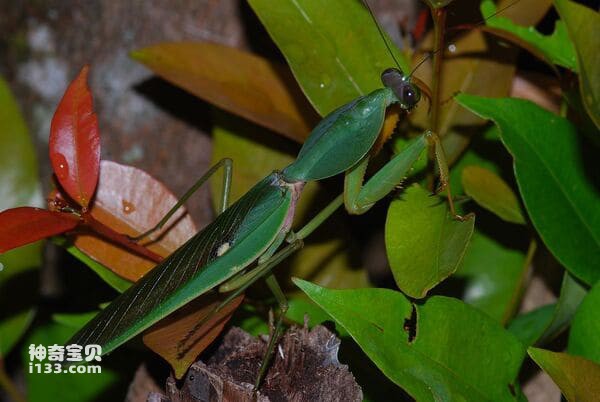
6. Thai shield mantis (large size, strong combat power)
The Thai shield mantis (scientific name: Rhombodera sp.), which was previously mistaken for the Megara mantis, has now been reclassified. It is characterized by its large and well-proportioned body. Although the hands are proportionally short, the huge size makes up for this disadvantage. The head and back of the female individual can reach 4.2 cm, the head width exceeds 1.3 cm, the arm length exceeds 3.2 cm, the body length exceeds 10 cm, and the wings are also very long, with the total length of the wings exceeding 11 cm. Like species with long-backed scutes, male Thai shield mantises are also very strong, and their overall size and personality are comparable to those of Megara diamondback mantises. It was once known as one of the strongest mantises in the circle of praying mantis enthusiasts, and almost everyone in the circle of praying mantises knows it.

7. Australian ax mantis (violent temperament, strong comprehensive ability)
Australian ax mantis (scientific name: Hierodula majuscula), one of the world-famous mantis species, is also known as Australian broad-bellied mantis, Australian broad-bellied mantis, Australian broad-bellied mantis, etc. It is one of the largest ax mantises in Australia. According to current records, its body length is about 10.3 cm, its flesh body length is slightly less than 10 cm, and its head and back length is about 3.8 cm. Its body is thick and balanced, with the iconic "bloody blade" on the inside of its arm. It has a very attractive appearance and a violent temperament. It has strong comprehensive ability and can adapt to various environments. It has a wide range of prey and a large food intake. In addition to preying on various insects, it can also prey on small animals such as tree frogs and lizards of appropriate size. It usually lives in Australian rainforests and can live up to a year.
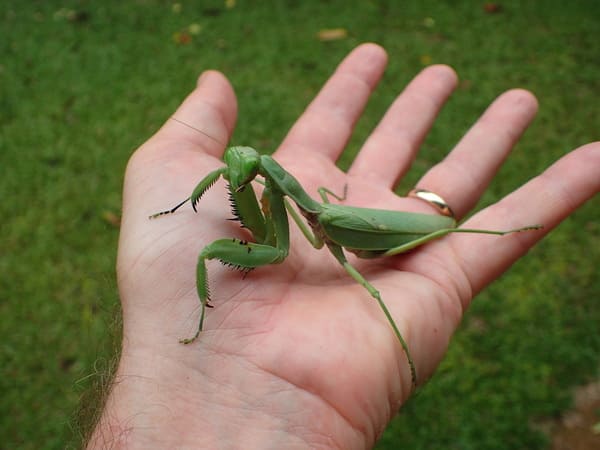
8. African Green Mantis (very ferocious and powerful)
The African Green Giant Mantis (scientific name: Hierodula gigantea) is also a famous mantis species that ranks among the top ten in combat effectiveness. As the largest known species in the genus Strong Mantis, it is mainly distributed in North Africa and the Mediterranean coasts of West Asia and Southern Europe. It is known as the king of proportions among large war mantises because of its magnificent proportions, and its length can reach 9.5 centimeters. It has its signature long legs, which allow it to attack its opponents from a high position, like a mantis warrior. The African green giant mantis is one of the few species that has adapted to semi-desert environments and can survive in hot and dry conditions. It can prey on various insects, spiders, centipedes, frogs, small lizards, small mice, small birds and small snakes. Additionally, it will prey on prey such as scorpions, centipedes, spiders, mice, and even hummingbirds. The African green giant mantis has a wide range of dietary adaptations.
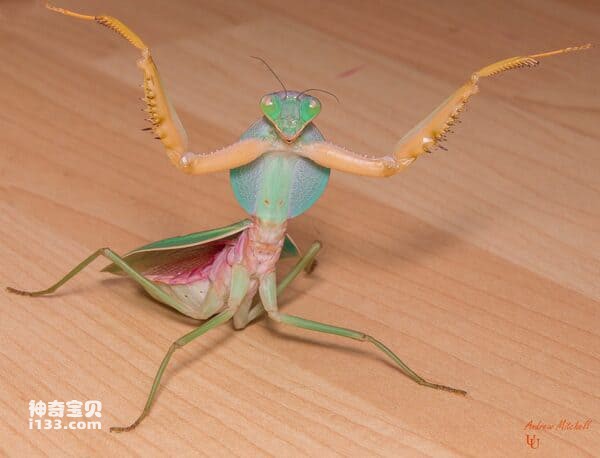
9. Jilingback Mantis (strong attack power)
Rhombodera basalis (scientific name: Rhombodera basalis), also known as the Malaysian giant mantis, or horse shield for short, is a mantis that I personally like very much. The length of this breed ranges from 7 to 10 centimeters, with an average of around 8.3 to 8.5 centimeters. It has huge claws and a head that looks like a bulldog. When the Malaysian giant mantis is threatened, it transforms into a dancer in a shocking way. It will spread or stand up its wings and stretch its legs, showing bright and bright colors, like colorful flames burning. This pose is similar to the famous prayer pose, but instead of paying homage to a higher authority, the mantis is preparing to attack its prey.
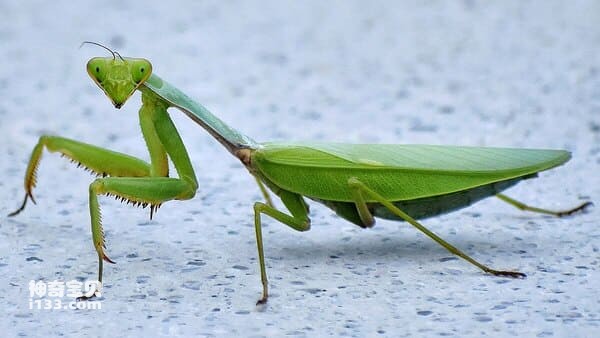
10. Taiwanese giant ax mantis (ferocious personality)
The Taiwanese Giant Ax Mantis (scientific name: Hierodula formosana), also known as the Taiwanese Ax Mantis, is one of the ten most powerful mantises. It is a large, slender but strong mantis. The earliest records regard it as a species unique to Taiwan, similar to and cross-distributed with the Chinese ax mantis. The average body length of this species is about 9.7 cm, with a maximum body length of 10.7 cm. There are 6-10 smaller spines on the base of the forefoot. There are black spots on the base of the forefoot and the end of the trochanter, but there are no black spots on the inner claw groove of the forefoot femoral joint. The mid-region of the male's forewing is completely transparent, while the female's forewing extends beyond the ventral end. The Taiwanese Giant Ax Mantis is generally ferocious in character.
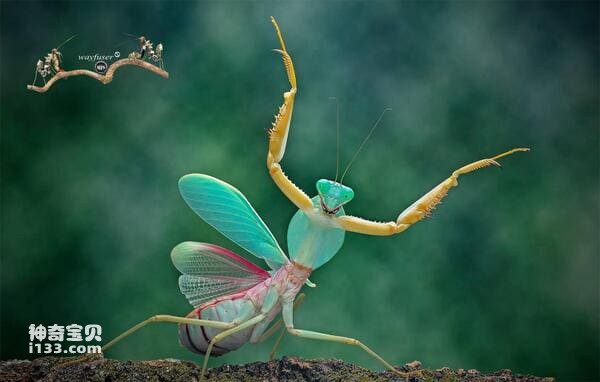
The 10 most ferocious mantis species in the world are recommended based on factors such as the physical data, temperament and popularity of the species, as well as comprehensive reference to relevant rankings and lists on the Internet. The following list is current as of February 2, 2024. It should be noted that this list is for entertainment purposes only, these mantis species are considered to be among the most ferocious mantises due to their special characteristics in terms of physical data, temperament and popularity. However, mantis research is still developing. If there are any inaccuracies or new discoveries, we welcome corrections and additions.
animal tags: mantis
We created this article in conjunction with AI technology, then made sure it was fact-checked and edited by a Animals Top editor.